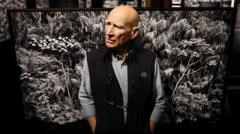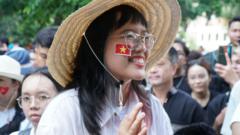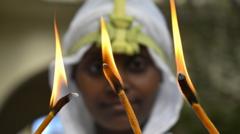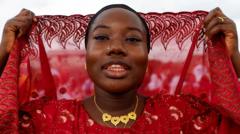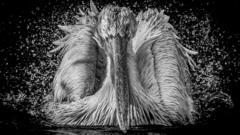The Vietnam War stands as a pivotal moment in history, not only for its conflict but for how it was portrayed visually. Known as the first "living room war," the conflict unfolded on television screens across America, where haunting images emerged to capture the stark realities of battle and the suffering it inflicted on both soldiers and civilians alike.
As we mark the 50th anniversary of the war's end on April 30, 1975, these images still resonate, challenging viewers to confront difficult truths about humanity and the consequences of war. In his collection "The Things They Carried," author Tim O’Brien encapsulates the emotional weight of Vietnam, reflecting on survival but acknowledging that such survival often does not lead to a "happy ending."
Prominent photojournalists of the era, each with their diverse backgrounds, documented the war's brutality and humanity. Figures such as Dickey Chapelle, the first woman photojournalist to die in Vietnam, covered the war driven by a strong anti-Communist sentiment. Other photographers, like the irreverent Brit Tim Page and the warm-hearted Henri Huet, contributed their unique perspectives, blending artistry with raw truth.
These brave individuals transformed the narrative surrounding the Vietnam War. Their photographs did not merely provide a glimpse into the battlefield; they challenged societal perceptions of war, soldiers, and the moral implications of U.S. involvement. As memories resurface, the legacy of Vietnam War photography remains a crucial lesson on the power of visuals in shaping public discourse and opinion.








